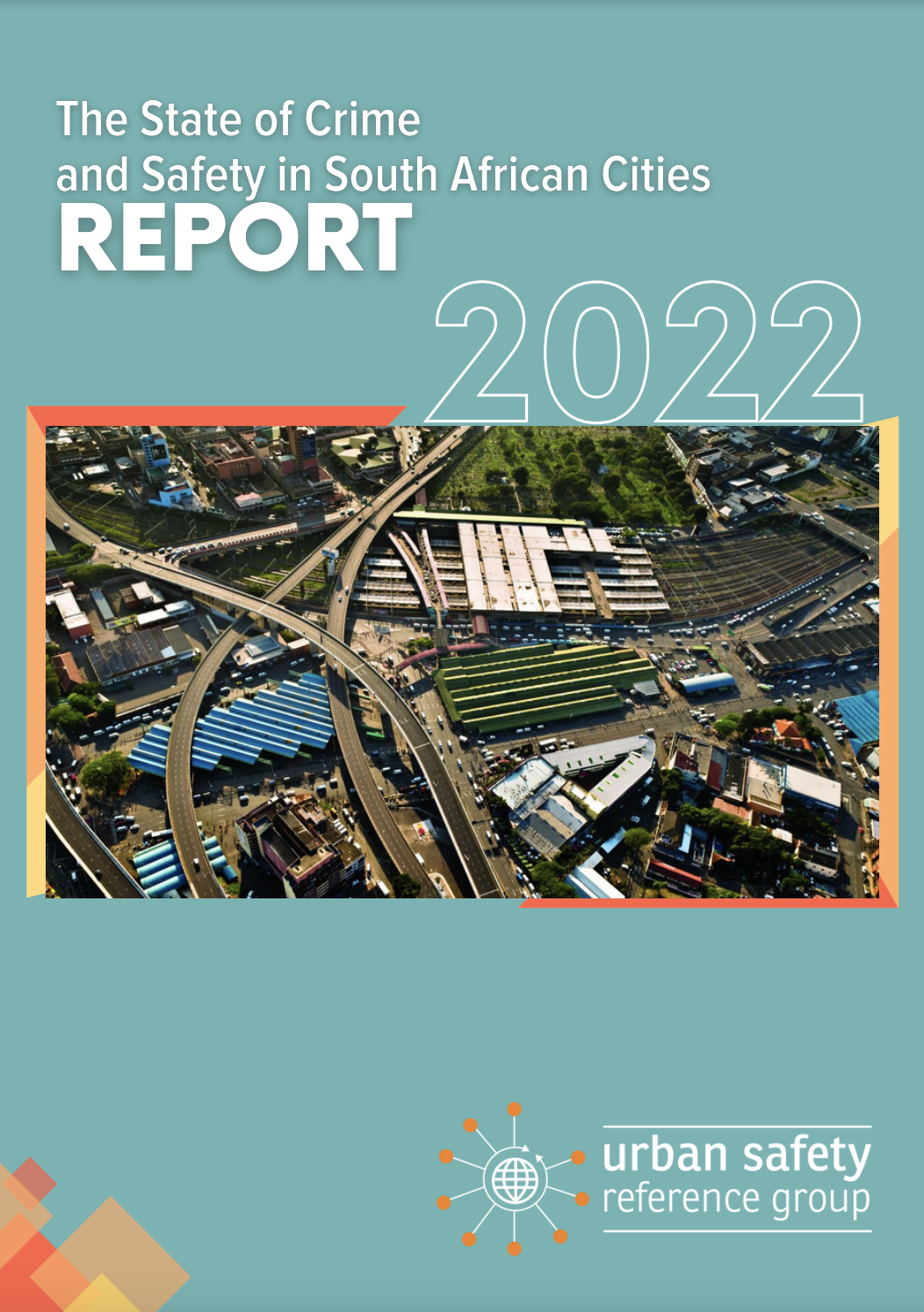The State of Crime and Safety in South Africa Report 2022

Introduction
This report analyses the state of crime and violence in nine of South Africa’s major cities: Johannesburg, Cape Town, eThekwini, Ekurhuleni, Tshwane, Nelson Mandela Bay, Mangaung, Buffalo City and Msunduzi (PDF,14.2MB) . As noted above, the analysis is based on data derived from SAPS’ annual crime statistics for the financial year 1 April 2021 to 31 March 2022. While this data is released at national, provincial and police precinct levels, for this report, police precinct data has been aggregated to the city level to provide a better understanding of the public safety challenges at a more localised level. Through this, the intention is to provide meaningful data to support decision-making regarding the interventions needed. In addition, the continuous time series of city-level crime statistics spans 17 years, from 2005/06 to 2021/22, offering a view of longitudinal trends of selected crimes in these cities.
Interpreting Crime Statistics
The SAPS annually collects and disseminates statistics on crimes recorded at the 1,162 police stations within the borders of South Africa. The crimes recorded by the SAPS include those reported by victims, witnesses or third parties and those detected by police officials. The data collection process begins with an incident of an alleged crime being assessed for its unlawfulness. At this point, the incident is then classified. The incident is recorded in a case docket and entered into the SAPS Investigative Case Docket Management System (ICDMS) and the Crime Administration System (CAS). Crimes are grouped into various broad categories. These are the categories of crimes for which official figures are currently released for public use. This is, however, not an exhaustive list of all crimes recorded by the police.



Comments